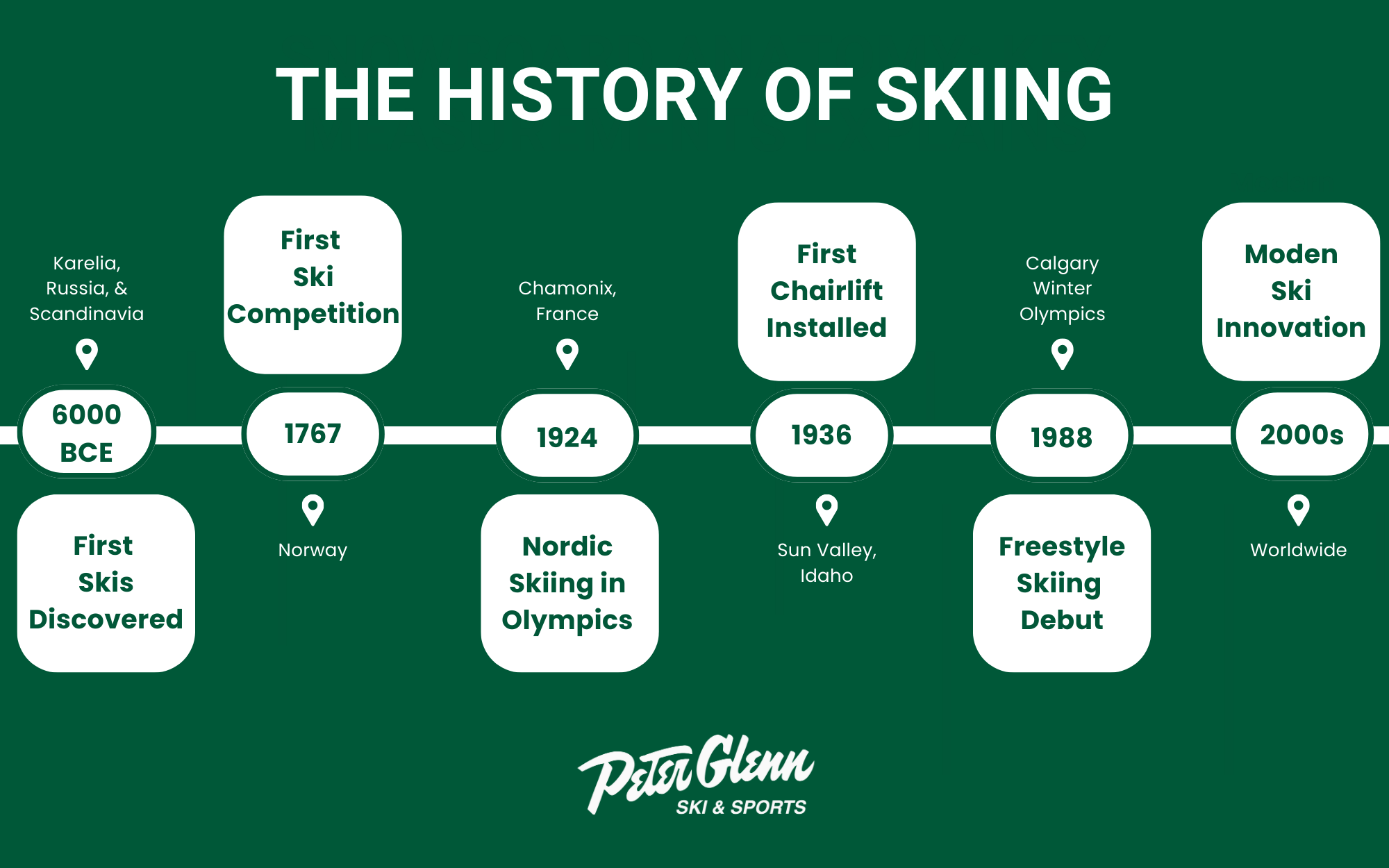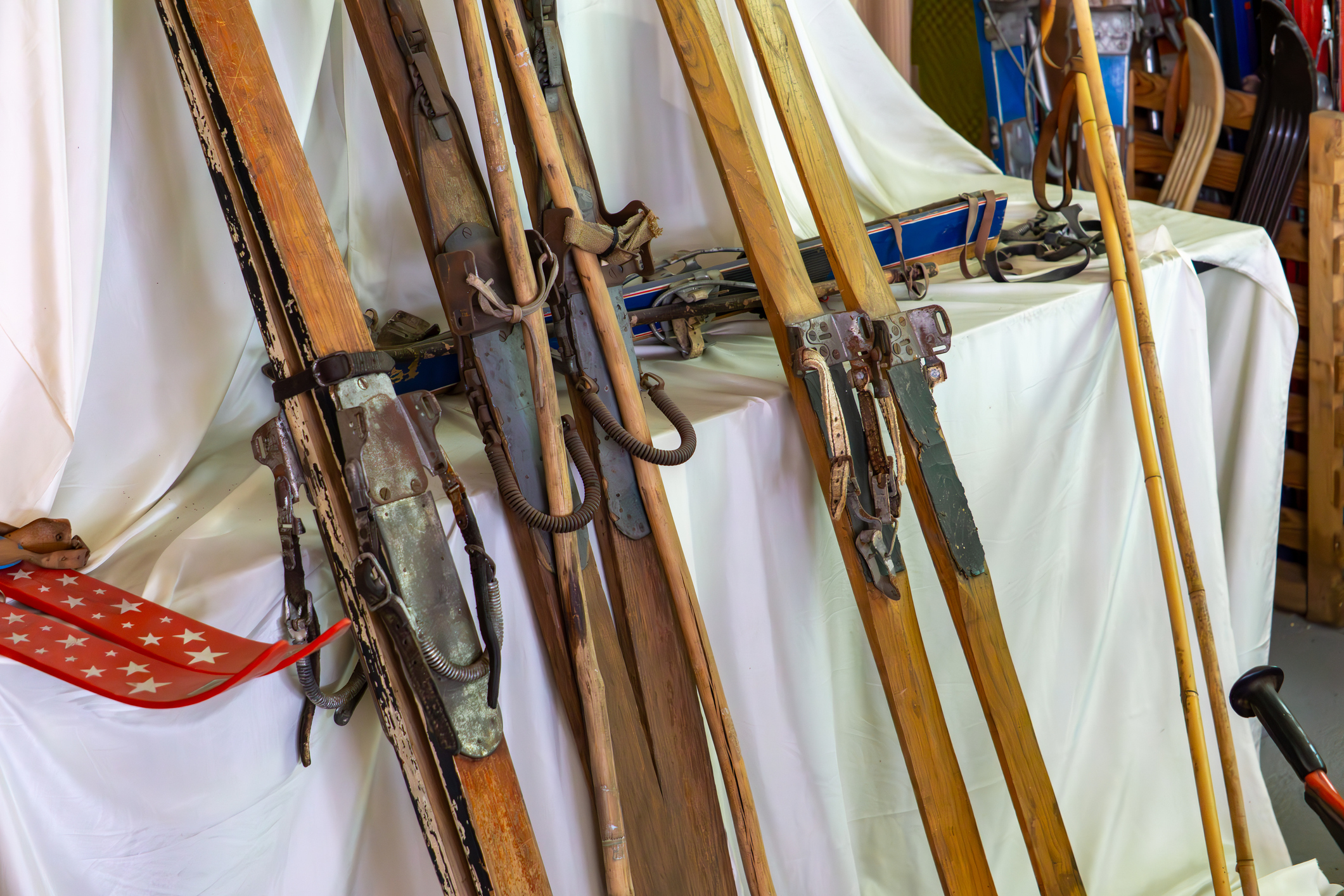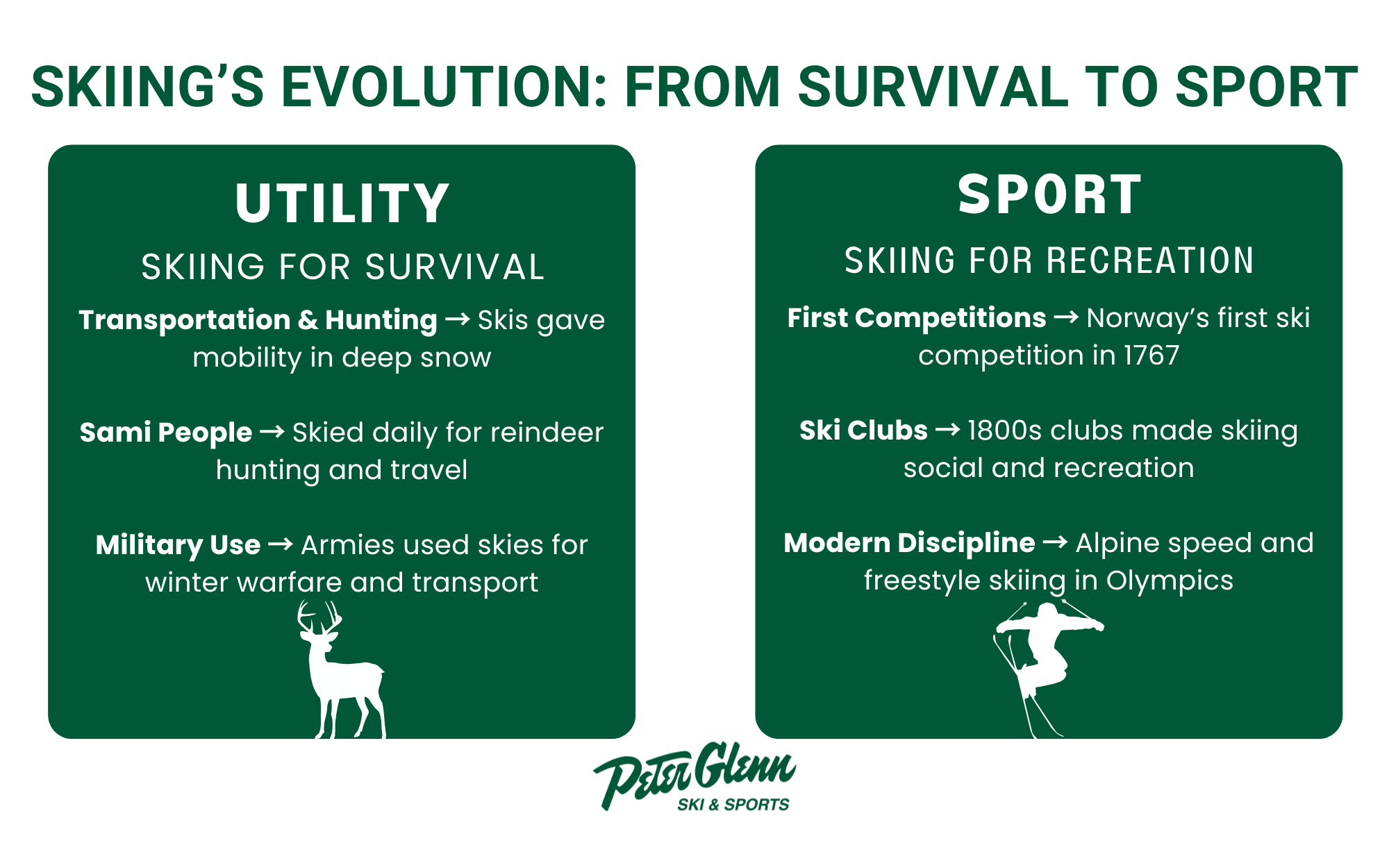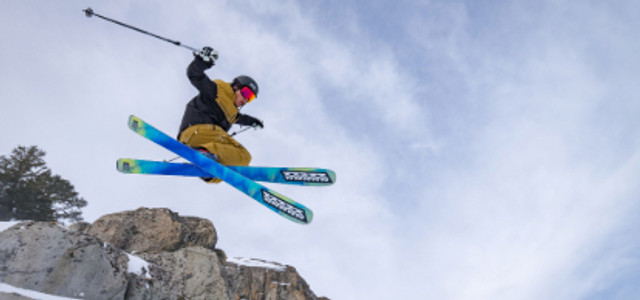When Was Skiing Invented?
Posted by Peter Glenn Staff on Sep 22nd 2025
Table of Contents:
The Short Answer: Skiing was invented approximately 8,000 years ago, with the earliest known ski fragments discovered in Russia and Scandinavia around 6000 BCE. What began as a practical necessity for winter survival in snowy regions has transformed into one of the world's most popular recreational activities and competitive sports, shaping the gear and culture we enjoy today.
In this guide, you'll learn about skiing's fascinating origins in prehistoric times, discover how it evolved from a survival tool into modern alpine skiing, cross-country skiing, and freestyle skiing, and understand why this ancient tradition continues to captivate millions of winter sports enthusiasts worldwide. Let's dive into the complete history of when skiing was invented.
Skiing Through the Ages: A Timeline

6000 BCE: Oldest known ski fragments discovered in Russia and Scandinavia
2000 BCE: Sami people establish sophisticated skiing traditions in northern Europe
1767: First recorded ski competition held in Norway
1800s: Formation of ski clubs and development of modern skiing techniques
1860s: Norwegian immigrants introduce skiing to the United States
1924: Nordic skiing events debut at the first Winter Olympic Games in Chamonix
1936: First chairlift installed at Sun Valley, revolutionizing ski resort accessibility
1950s-1960s: Alpine skiing experiences massive growth; metal skis introduced
1988: Freestyle skiing makes its Olympic debut as a demonstration sport
1990s-Present: Backcountry skiing and advanced ski technology continue evolving the sport
The Earliest Evidence of Skiing
Archaeological Discoveries Reveal Ancient Origins
Archaeological discoveries have revealed that skiing dates back much further than many people realize. The oldest known ski fragments were found in the Vis region of Karelia, Russia, dating to approximately 6000 BCE. These ancient skis were carved from single pieces of wood and represented sophisticated engineering for their time.
Evidence Across Multiple Continents
Additional early evidence has been discovered in China's Altai Mountains and throughout Scandinavia, suggesting that multiple cultures independently developed skiing as a solution to winter transportation challenges. Cave drawings found in these regions depict figures gliding across snow on long, narrow objects, providing visual confirmation of skiing's prehistoric origins.
What Ancient Skis Actually Looked Like
- Carved from single pieces of wood
- Up to 10 feet long in some cases
- Animal hides/fur on the base for grip
- Leather straps used as bindings

Skiing in Ancient Cultures
For early societies, skiing was about survival. In regions with deep snow and long winters, primitive wooden planks shaped into skis allowed people to travel, hunt, and carry supplies where walking was impossible. These early tools of winter life were less about sport and more about necessity, laying the foundation for the history of skiing.
The Sami people of northern Scandinavia took skiing even further. They integrated it into daily life, developed techniques similar to early cross-country skiing, and used skis for reindeer hunting and long-distance winter travel. Skiing even appeared in Norse mythology, with gods and goddesses depicted gliding over snow, showing how it became part of cultural identity as well as survival.
Skiing also had a military role. Armies in northern Europe, particularly the Norwegian Army, trained ski troops to move quickly across snowy terrain, transport supplies, and gain tactical advantage in winter battles. These efforts influenced early skiing techniques and helped shape the development of organized training.
Regional differences in skiing emerged across the world:
- Asia: Mountain communities adapted skis for steep, rugged terrain, echoing the roots of today’s backcountry skiing
- Scandinavia: Techniques evolved for flat terrain with heavy snowfall, forming the basis for Nordic skiing traditions
The Transition from Utility to Sport
Norway Leads the Way: First Ski Competitions
The transformation of skiing from survival tool to recreational activity began during the 18th and 19th centuries. Norway played a pivotal role in this evolution, hosting the first recorded ski competition in 1767. These early competitions focused primarily on cross-country skiing and ski jumping rather than the downhill skiing we associate with modern alpine skiing.
The Birth of Ski Clubs and Organized Skiing
The formation of ski clubs in Norway during the 1800s marked skiing's transition into organized recreation. These clubs promoted skiing as both sport and social activity, establishing the foundation for modern ski culture. Members shared techniques, organized competitions, and began developing standardized equipment.
Military Influence on Modern Techniques
Military ski units continued influencing skiing techniques throughout this period. Their emphasis on efficiency and speed contributed to technical innovations that would eventually benefit recreational skiers. The parallel turn and other fundamental skiing techniques were refined through military training programs.
Skiing Spreads Beyond Scandinavia
By the mid-19th century, skiing was spreading beyond its Scandinavian origins as Norwegian immigrants brought their skills to other regions, including the United States.

Modern Skiing Developments
The Rise of Alpine Skiing
The 19th and early 20th centuries witnessed skiing's explosive growth into the global phenomenon we know today. Alpine skiing emerged as a distinct discipline, emphasizing downhill speed and turning techniques on steep slopes rather than the endurance-focused approach of nordic skiing.
Revolutionary Equipment Innovations
- Heavy wooden planks → lightweight composite skis
- Primitive leather straps → advanced safety bindings
- No poles → modern ski poles for balance and propulsion
- Flat planks → cambered designs for easier turning
Global Expansion: From Scandinavia to the World
The spread of skiing from Scandinavia to the French Alps, the United States, and other mountainous regions created diverse skiing cultures. Sun Valley in Idaho became one of the first major American ski resorts, while European destinations in the Alps attracted international visitors seeking alpine skiing adventures.
The Game-Changer: First Chairlifts Transform Access
The first chairlift, installed in Sun Valley in 1936,transformed skiing accessibility by eliminating the need to hike up mountains. This innovation made downhill skiing practical for recreational skiers and accelerated the growth of ski resorts worldwide.
The Origin of the Word "Ski"
From Old Norse to Modern Language
The word "ski" derives from the Old Norse term "skíð," meaning "split piece of wood." This etymology reflects skiing's deep Scandinavian roots and the original construction method of carving skis from split logs.
Global Linguistic Evolution
As skiing spread globally, the word evolved in different languages while maintaining its essential meaning. The term's persistence across cultures demonstrates skiing's strong connection to its Norwegian heritage, even as the sport developed unique characteristics in different regions.
Why Etymology Matters
Understanding the word's origin helps appreciate how skiing's linguistic history mirrors its cultural expansion from Scandinavia to become a worldwide recreational activity.
Why Skiing's History Still Matters
Today’s skiing is built on thousands of years of innovation and tradition. From wooden planks to composite skis, every breakthrough builds on ancient ingenuity.
This history also connects skiers to a living tradition:
- Every turn on groomed slopes continues a millennia-old story
- Backcountry skiing mirrors the survival routes of ancient hunters
- Modern ski culture reflects the social clubs of 19th-century Norway
Skiing endures because it offers the same blend of physical challenge, natural beauty, and technical skill that first captivated ancient skiers. That mix keeps drawing new generations to the slopes.
From Past to Present
Skiing was invented thousands of years ago as a survival tool, but it has transformed into one of the world’s most beloved winter sports. Its journey from prehistoric necessity to alpine, cross-country, and freestyle disciplines highlights human creativity and our enduring love for snow-covered landscapes.
Today’s skiers benefit from this remarkable evolution:
- Advanced ski technology
- World-class resorts
- Professional instruction for all levels
Whether you’re a beginner taking your first lesson or an expert tackling steep slopes, you’re adding your own chapter to skiing’s story.
Ready to write your own chapter in skiing's history? Explore our extensive collection of ski equipment and winter sports gear from top brands like Obermeyer, Spyder, and The North Face. With over 65 years of expertise in winter sports, Peter Glenn has everything you need to make the most of your time on the mountain.



